From Osaka, we wanted to witness a breathtaking transition from the urban state to the lush foliage that gives off that authentic countryside vibe. Kyoto and Nara are only about an hour away from Osaka so these places are perfect for a day trip.
Instead of the usual commute, we decided to book a tour via Klook online for convenience. It’s only my third time to try Klook’s services and so far, I’m very satisfied. I don’t need to know which bus or trains to transfer to and from and how to get to places in Kyoto and Nara. No stress! If you’re also thinking of visiting these two places in Japan, check out these attractions we visited following Klook’s Kyoto and Nara Day Tour itinerary. View my Instagram Story Highlights to get a glimpse of our travel experience. Click here to book your Klook tour and get P150 off when you sign up!
5 Things to Do in Kyoto and Nara
1. Revel in the tranquility on your visit to the famed Kinkakuji Temple
Kinkakuji (金閣寺, Golden Pavilion) is a Zen temple in northern Kyoto whose top two floors are completely covered in gold leaf. Our tour guide said that it’s not real gold though. This famous golden temple served as the retirement villa of the shogun Ashikaga Yoshimitsu. Built overlooking a large pond, the current gold leaf-coated temple was reconstructed in 1955, five years after the 14th-century original was torched by one of the temple’s monks.
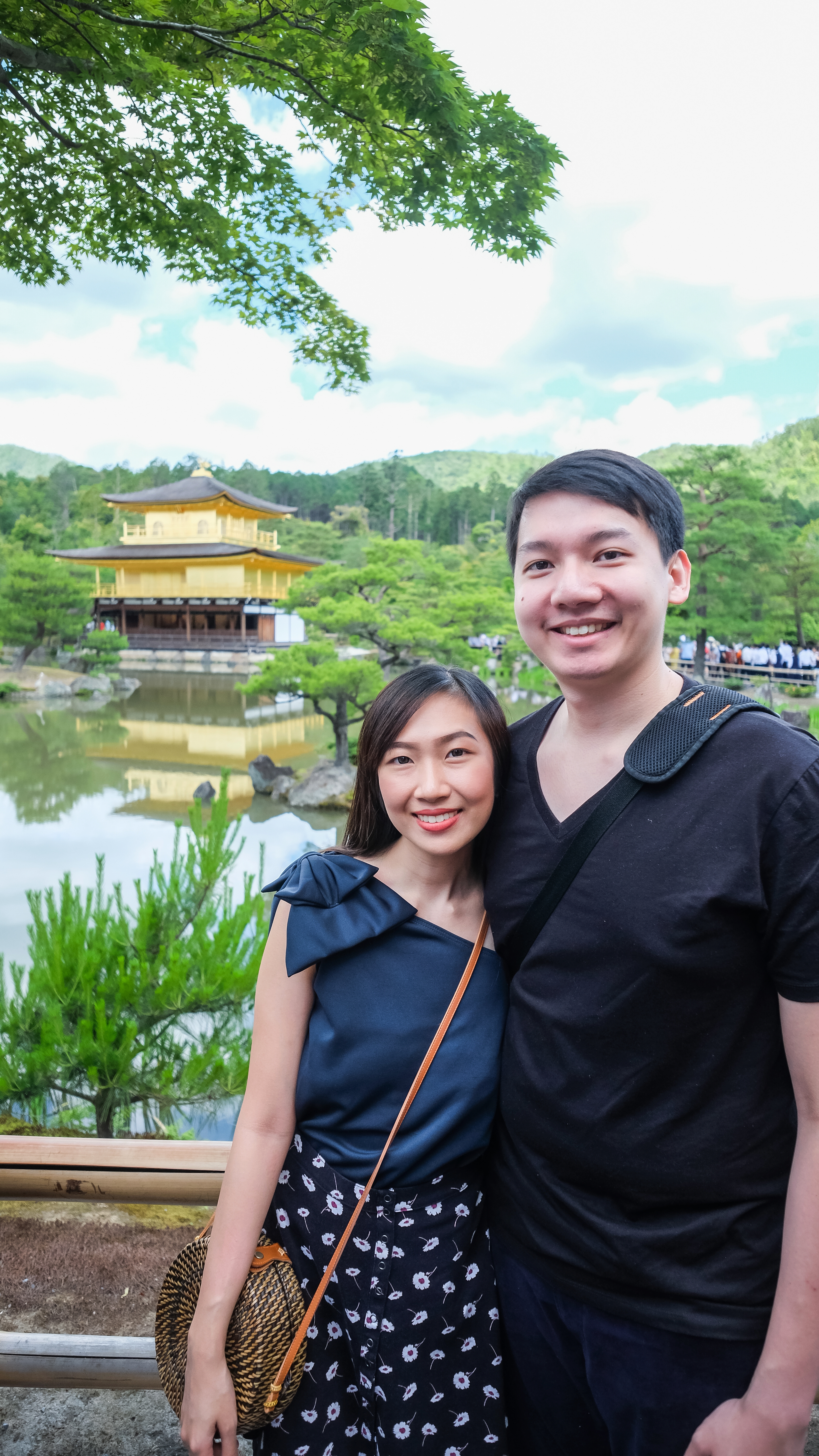



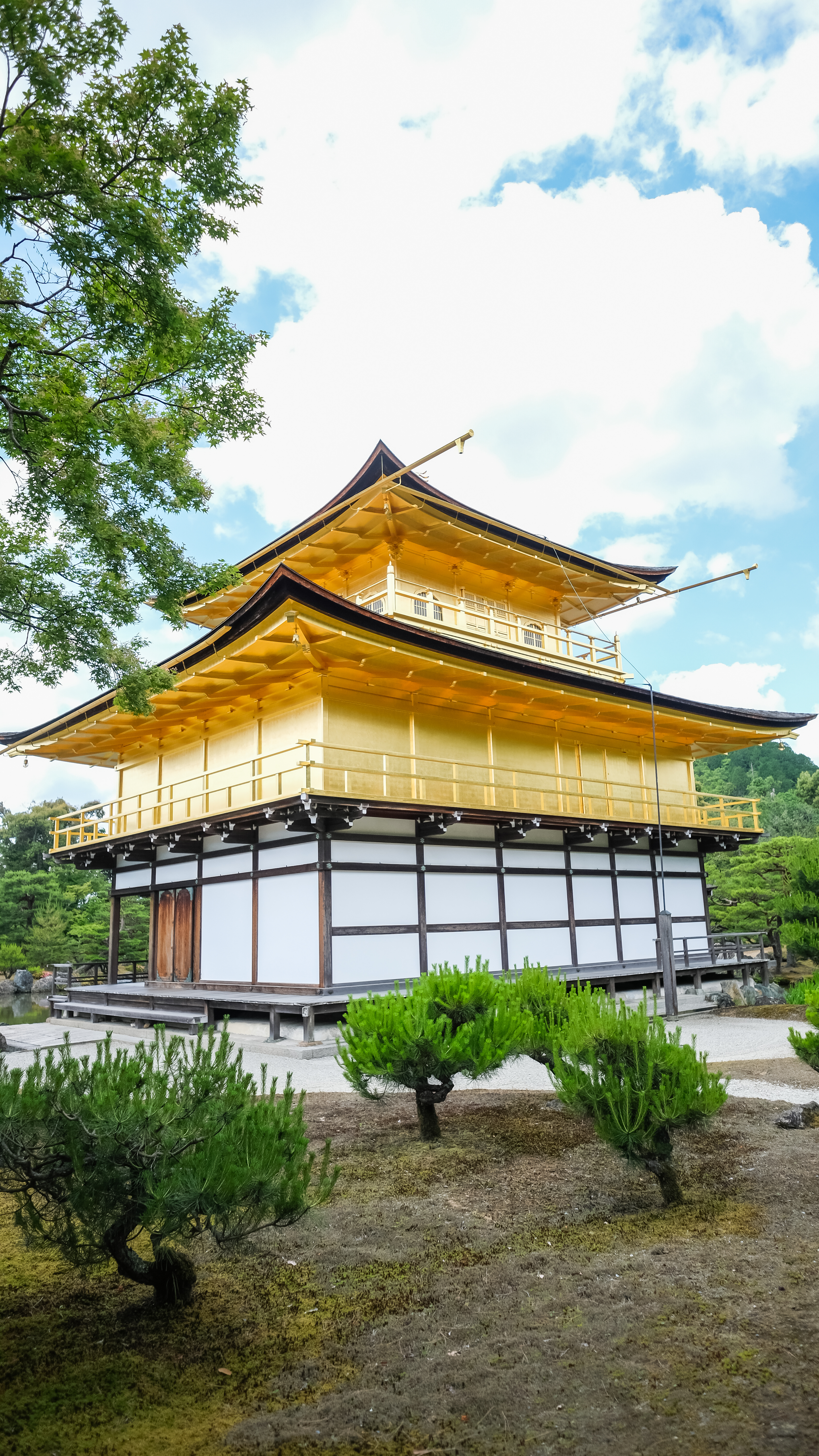
2. Take a leisurely stroll around Arashiyama and appreciate the tall bamboo trees around
The breathtaking Arashiyama (嵐山) offers a sacred and tranquil atmosphere thanks to the lush bamboo mangroves. Arashiyama Bamboo Forest in Kyoto is particularly popular during the cherry blossom and fall color seasons. But since we visited in early June during midsummer, all we saw were green leaves. Still, we had a nice stroll through the bamboo forest, enjoying a chlorophyll-colored dream, with the trees as our shade above filtering the morning sun.
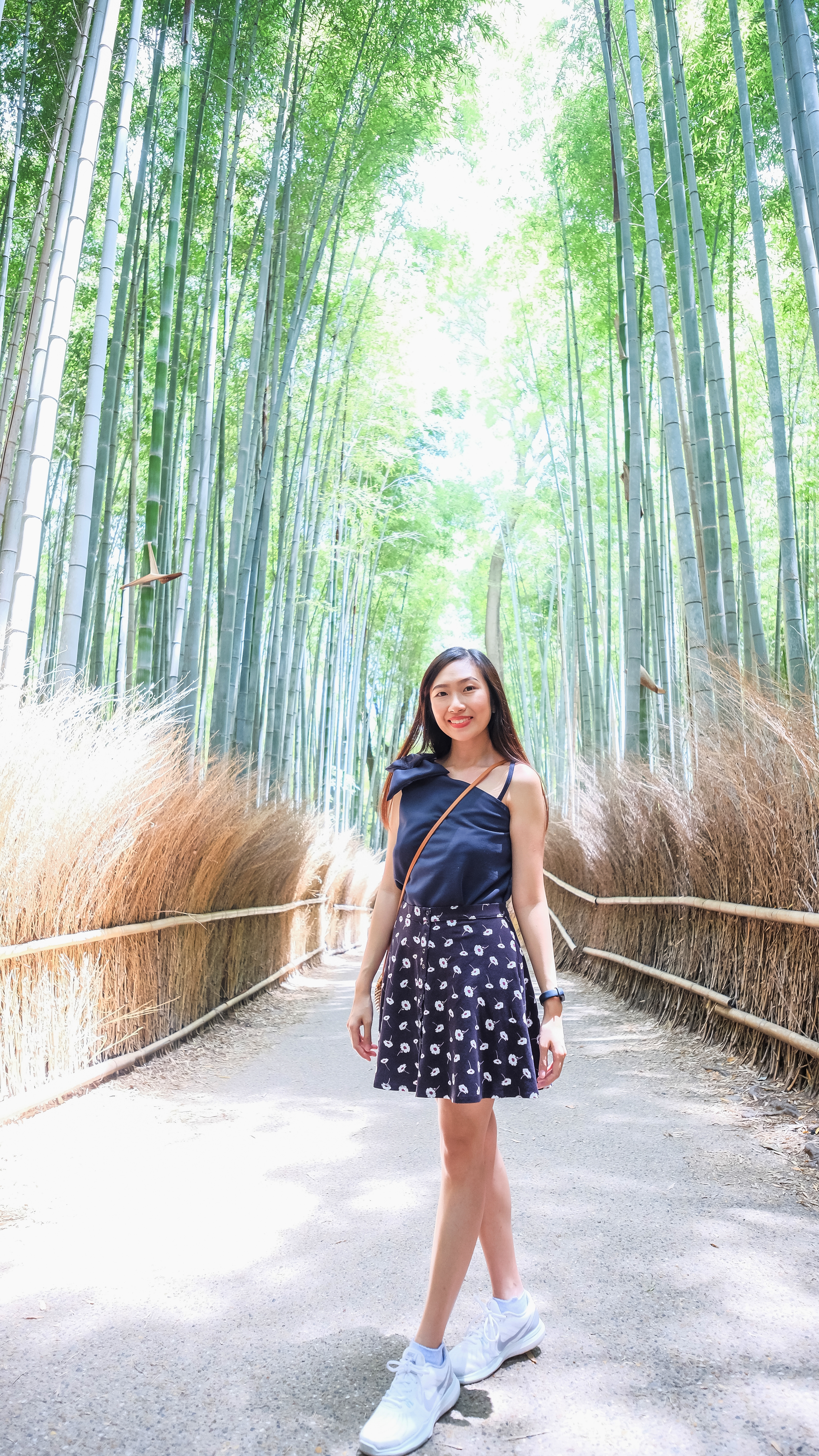
We came early so it wasn’t quite packed yet with people. I just can’t imagine the number of tourists who will be here to see the cherry blossom in November and April. I bet it will be much harder to take solo pictures without someone photo-bombing into your shots in the background. When this happens, it’s best to stay alert, run fast when the crowd gets thinner, block the way, grab your golden opportunity, and show your best smile to the camera! 🙂
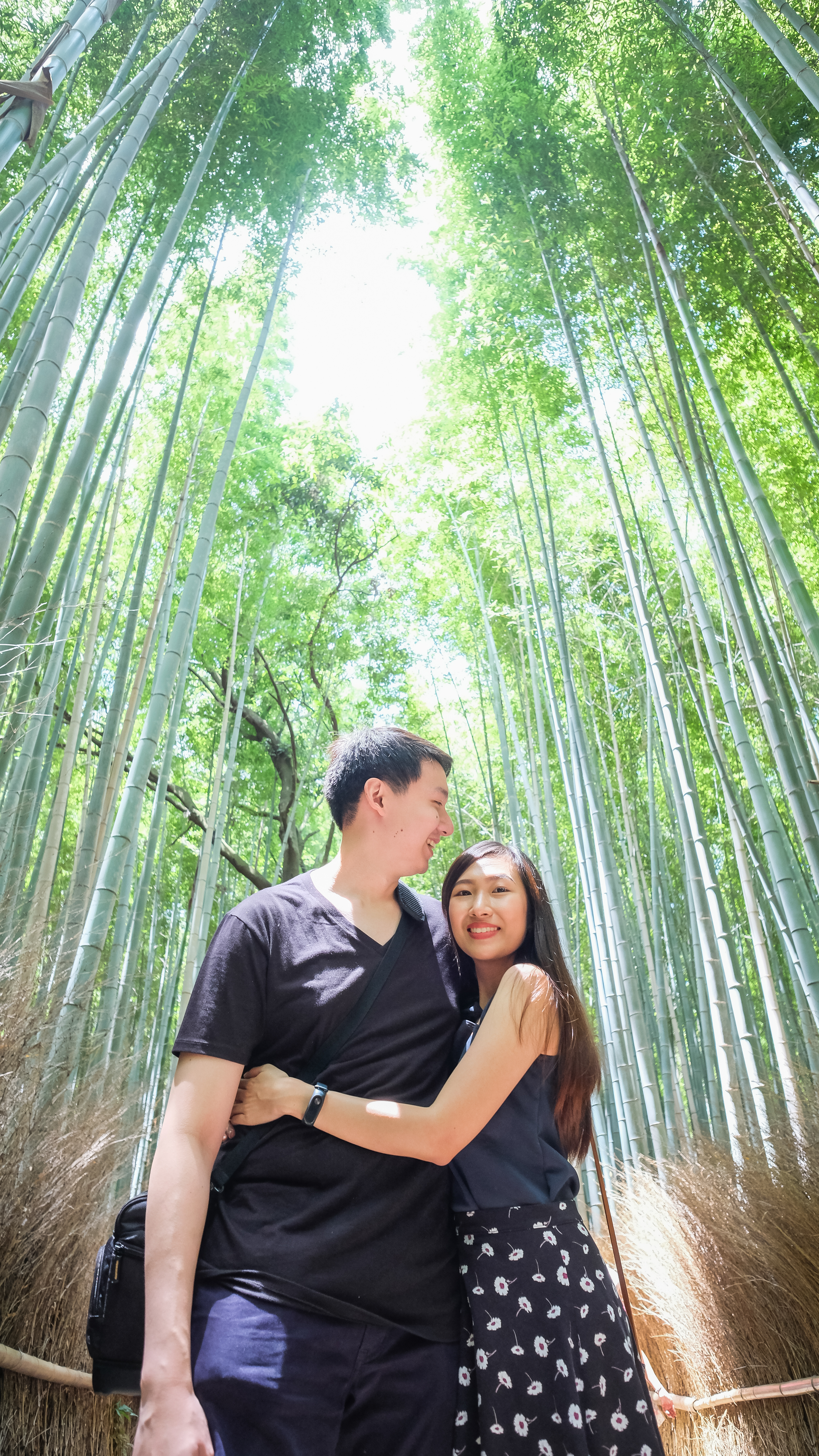
3. Walk along the Kimono Forest in Arashimaya
After our tour in Arashimaya Bamboo Forest, we had lunch in the different food stalls in Arashimaya Station and found the Kimono Forest located in Randen Arashiyama Station, which is just off the main street of Arashiyama near the UNESCO World Heritage Site, Tenryu-ji Temple. It’s like an off-the-beaten-track destination as there’s fewer tourists so you can take your time to really appreciate the site and take as many photos as you want.
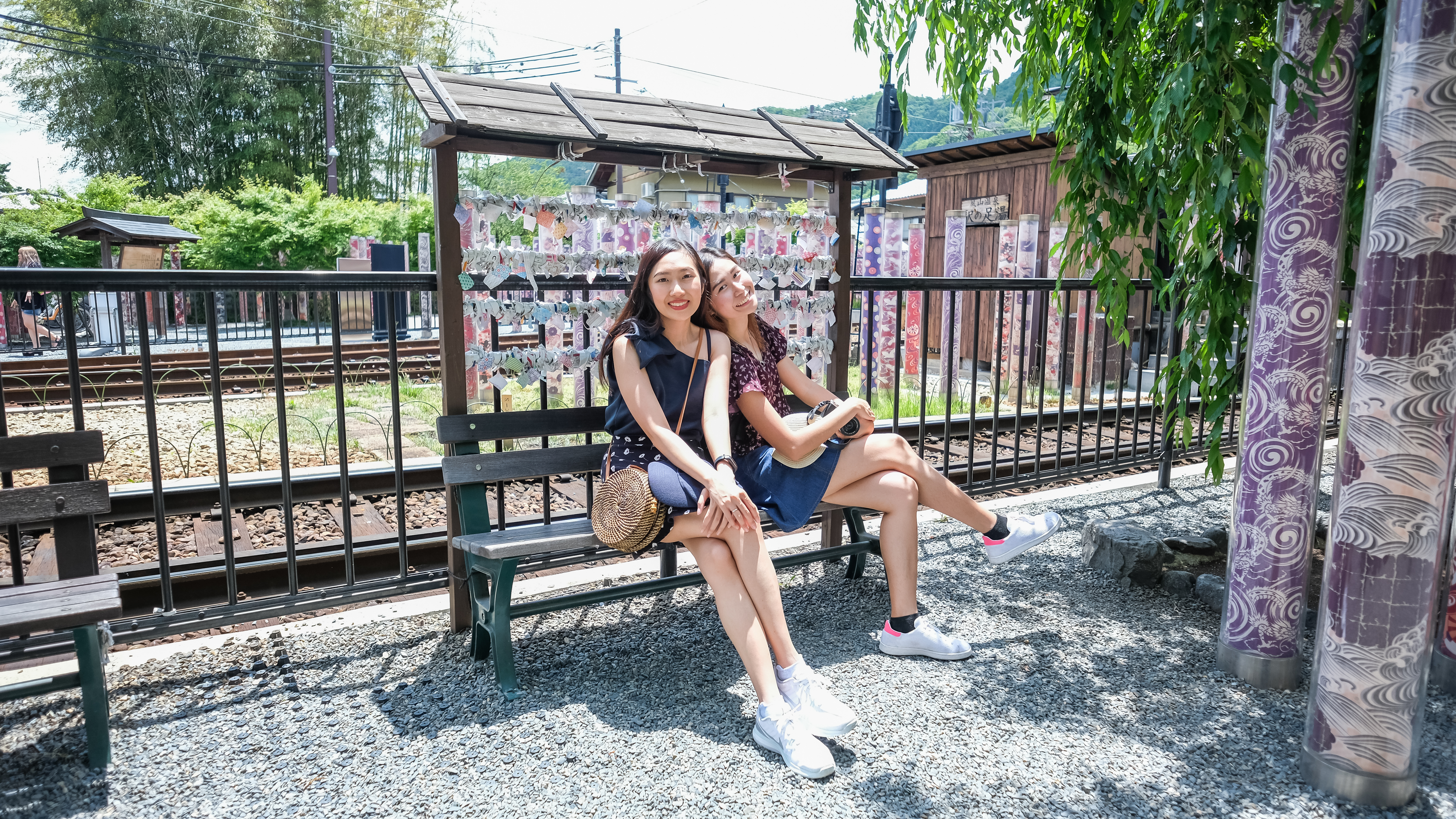
Why is it called a kimono forest? What you’ll see here are about 600 pillars of a variety of kimono colors and patterns that create a breathtaking and delightful entrance to the station. The cylinder-shaped pillars stand in rows like a forest winding its way through a fantasy dreamland. These are made with fabric dyed using the traditional Kyo-Yuzen technique, a style of dyeing and printing used to create the brilliantly colored Yuzen Kimono in Kyoto. A real delight to the eyes!
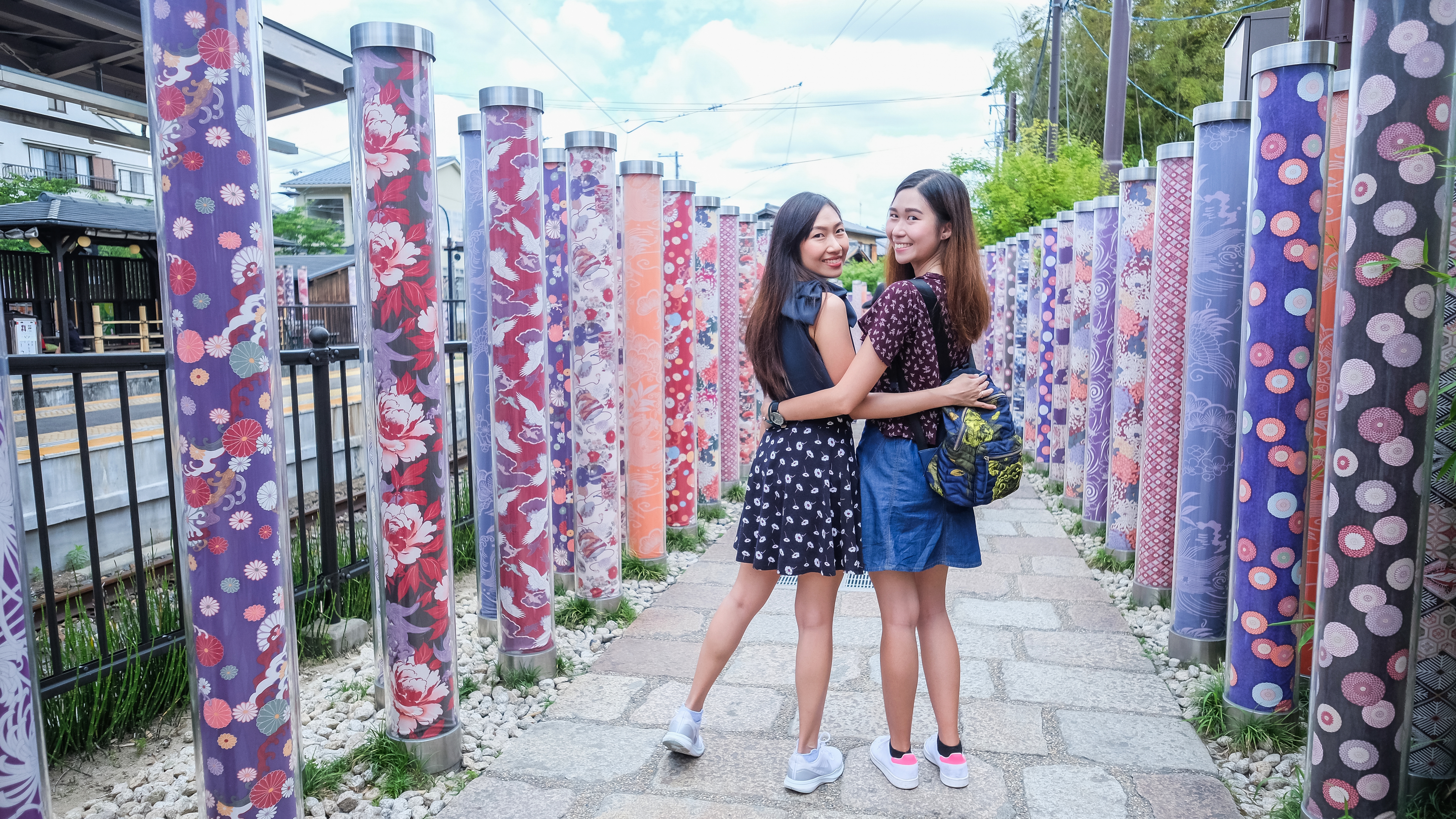
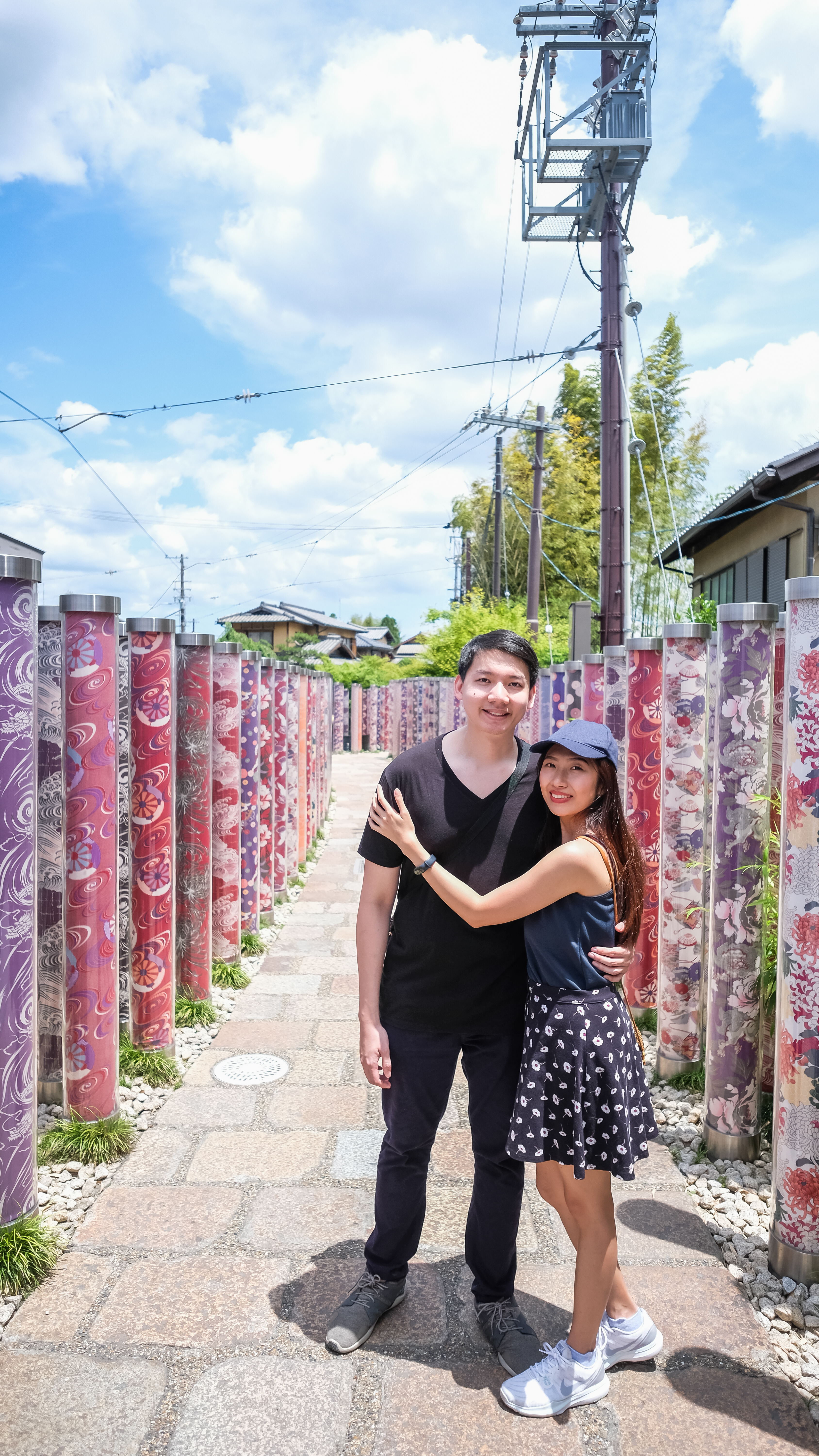
4. Take a trip down to the vibrant orange path of the Fushimi Inari Shrine
After lunch, our bus drove us to Fushimi Inari Shrine, an important Shinto shrine famous for its thousands of vermilion torii gates leading to the wooded forest of Mount Inari, also covered by the shrine’s grounds. If green is the theme of Arashimaya Bamboo Forest, and pink is of the Kimono Forest, orange is what you’ll see everywhere in Inari Shrine. If you don’t like orange, Inari Shrine is still a must-see attraction when in Kyoto. 😛


Fushimi Inari Shrine (伏見稲荷大社) is famous for its thousands of vermilion torii gates, which straddle a network of trails behind its main buildings. The trails lead into the wooded forest of the sacred Mount Inari, which stands at 233 meters and belongs to the shrine grounds. The torii gates along the entire trail are donations by individuals and companies, and you will find the donors’ names and the dates of the donation inscribed on the back of each gate (which we first thought as wishes or good luck scripts of the multiple shrine).
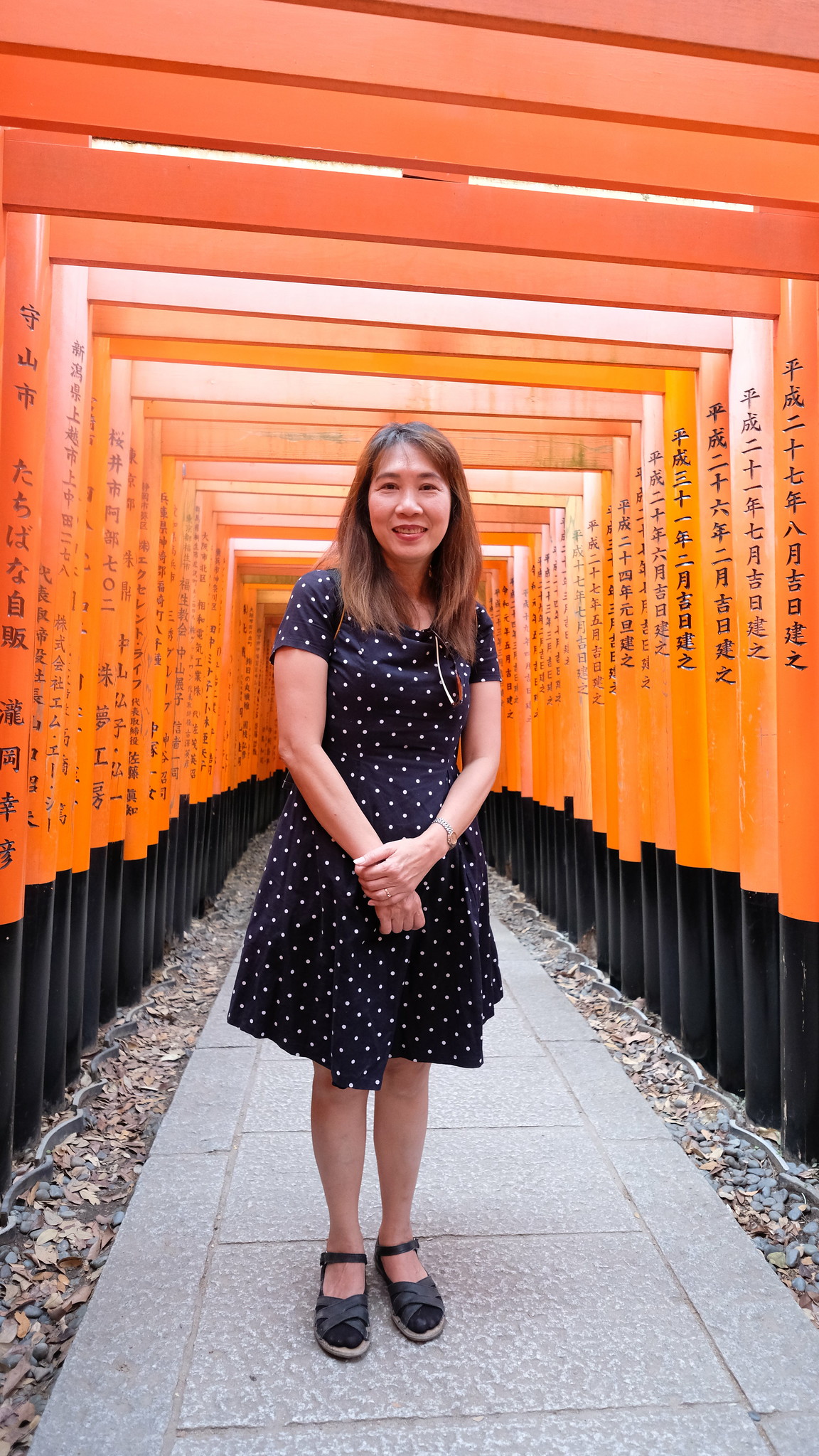

Like in the Arashimaya Bamboo Forest, expect to see A LOT of tourists in Fushimi Inari Shrine. If possible, go as early as you can as it is open 24 hours. Wear comfortable clothing and footwear since there’s a small hike before you start walking through the gates. If you like exercise, this is the place to come because this shrine goes on and on and on, up hill and downhill with about 1000 steps maybe even more. Our tour guide advised to time ourselves: walk 10 minutes upwards and head down for another 10 minutes because you’ll just see the same thing over and over again until you reach the top.
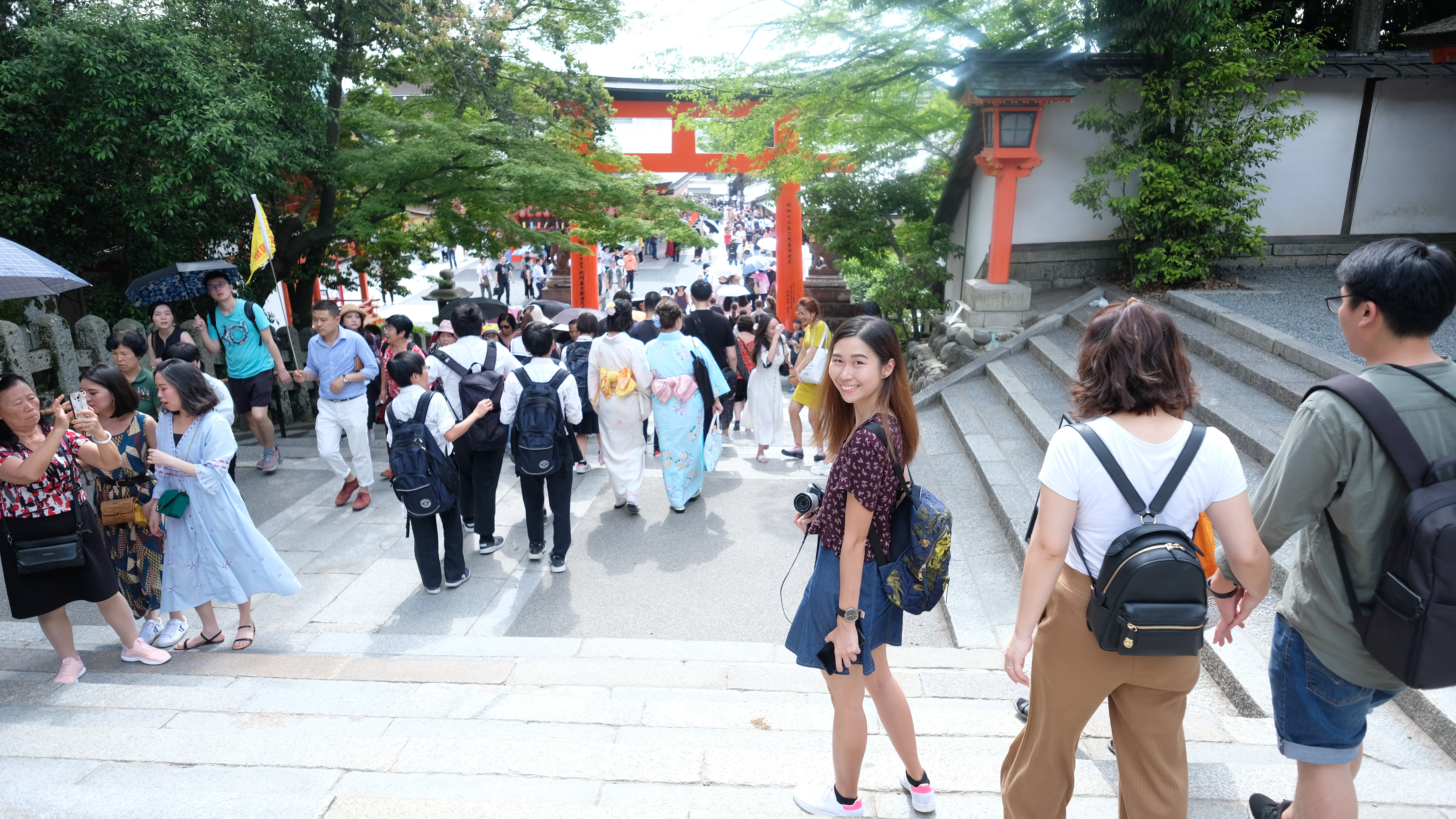

5. Interact with countless of freely roaming deer at Nara Park

With clean and beautiful surroundings, Nara Park (奈良公園) houses hundreds of roaming deer that have become a natural treasure. You don’t have to even set foot inside the park to see deer streaming out and they wander around as they please. It’s quite a sight!
https://www.instagram.com/p/ByPlOpsHppT/
Special deer crackers, which cost 150 yen per pack, can be fed to the friendly deer. They willingly pose for pictures and even bow to you when you feed them. We especially enjoyed our interaction with them and laughed a lot when we’re swarmed by more than four at a time. Watch out though as they can get aggressive when they see or smell food. As long as you keep paper and food away from them, they won’t do any harm. 😉
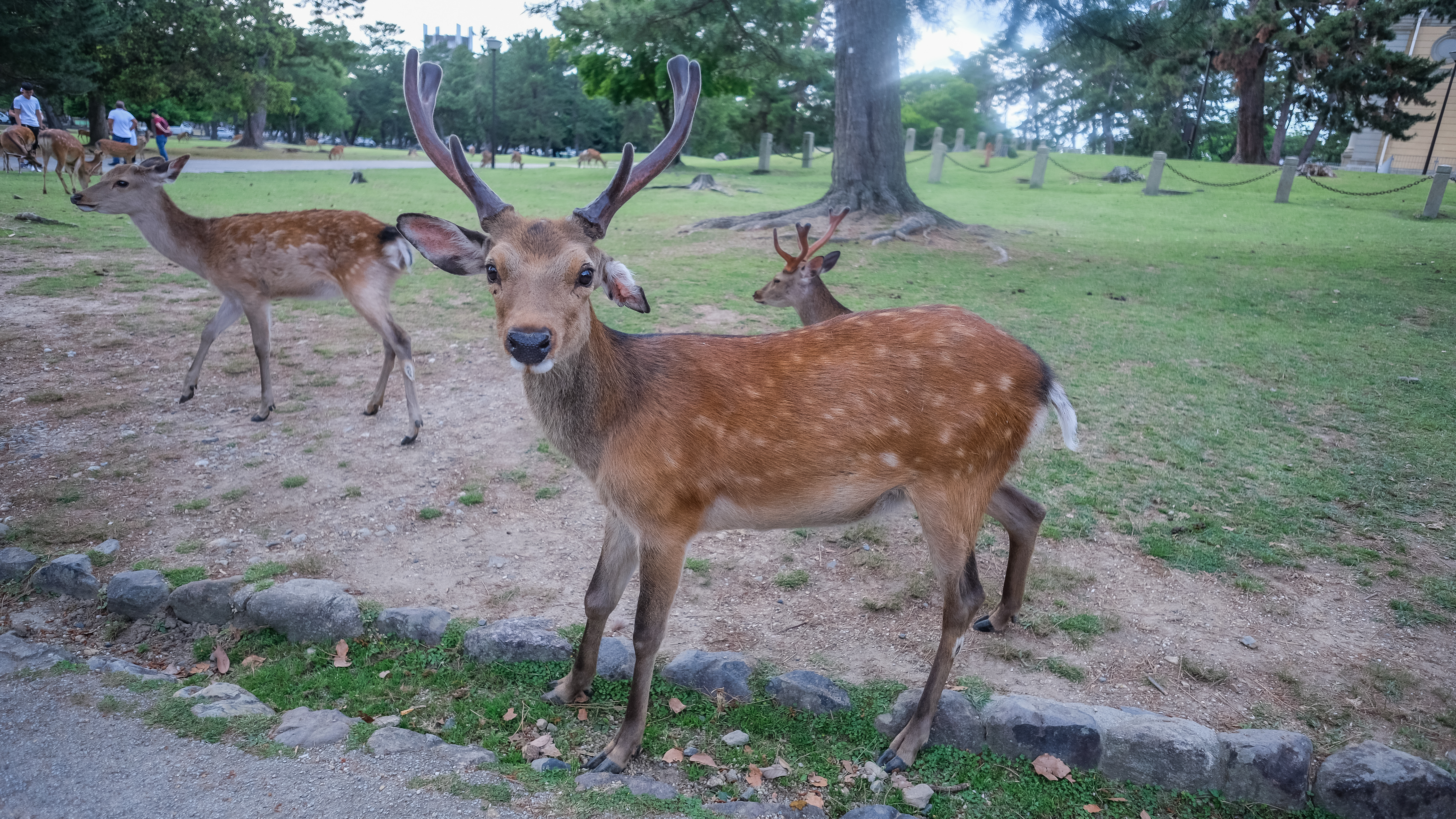
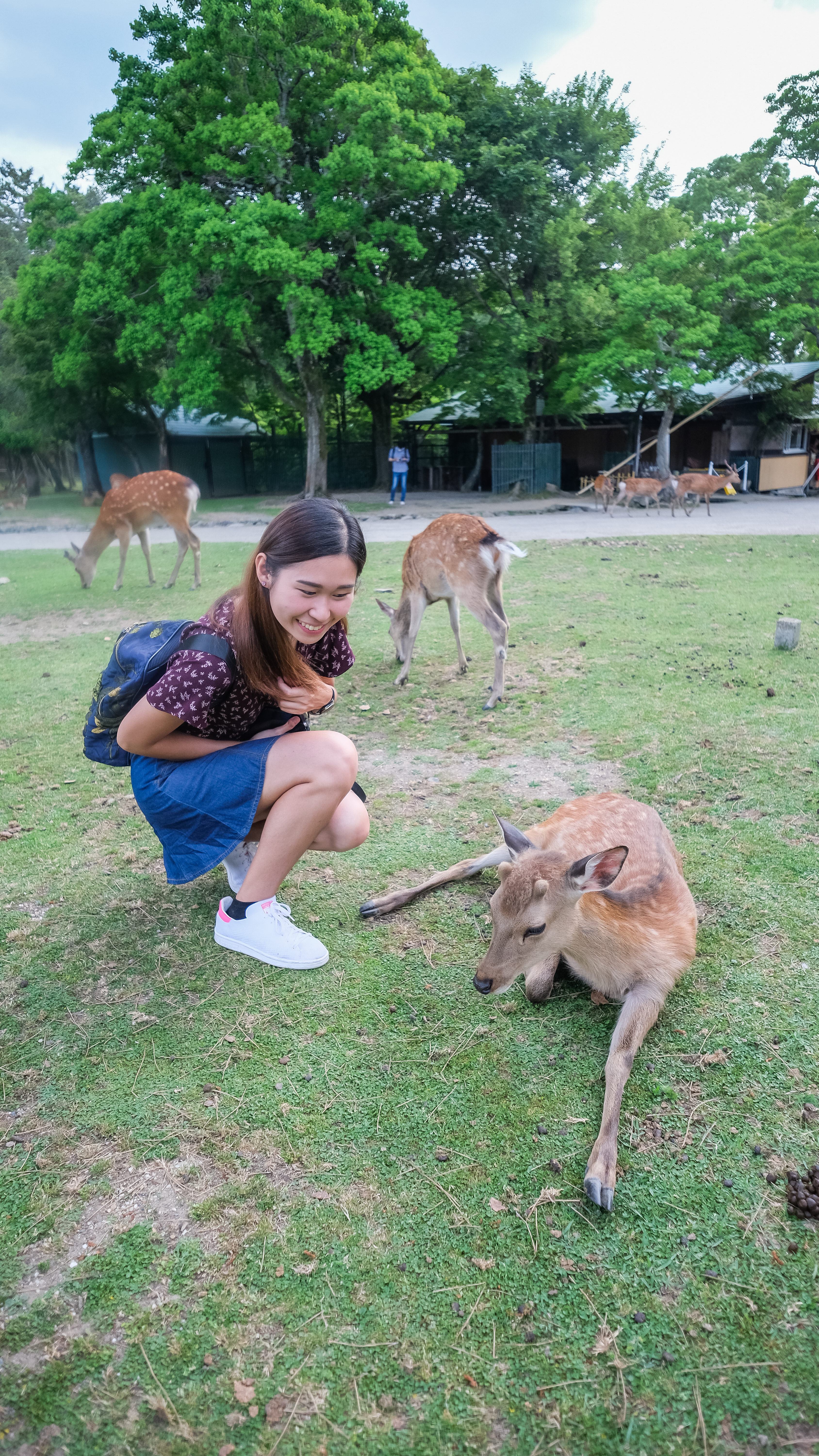



Leave a Reply to Melanie Cancel reply